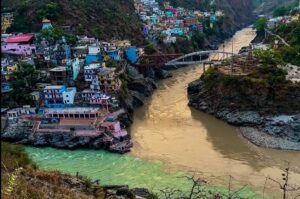Discover Delhi versus New Delhi India: Top tour places & attractions
Delhi and New Delhi are often used interchangeably, but they represent distinct entities with different historical, geographical, and administrative aspects. Here’s a breakdown ” Delhi versus New Delhi ” to clarify the differences and help you understand each better:
Delhi ( Delhi versus New Delhi )
Delhi is a vast and historic city in India, serving as the capital territory of the country. It is one of the nine union territories and covers an extensive area of approximately 1,484 square kilometers. The city is divided into several districts, with a rich history dating back to ancient times.
The earliest evidence of settlement in Delhi dates to around 1000 BC at Indraprastha, as mentioned in the epic Mahabharata. This city is known for its rapid growth and significant influence in terms of culture, commerce, and politics.
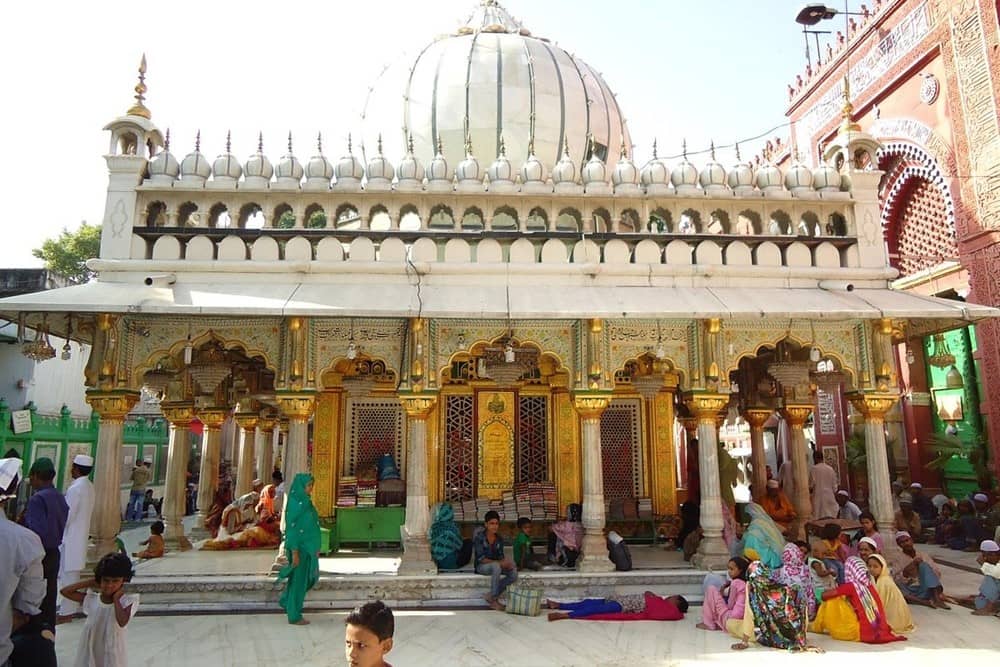
New Delhi ( Delhi versus New Delhi )
New Delhi is a district within Delhi and specifically serves as the national capital of India. Located to the southwest of the larger Delhi area, New Delhi was established by the British in 1911 to serve as the capital of British India. The district was named to distinguish it from the older parts of Delhi and features a blend of Oriental and European architectural styles. It is also home to many key government buildings and institutions, including the official residence of the President of India.
Suggested Read: Delhi to Agra Day Trip by High Speed Train: Learn how to book?
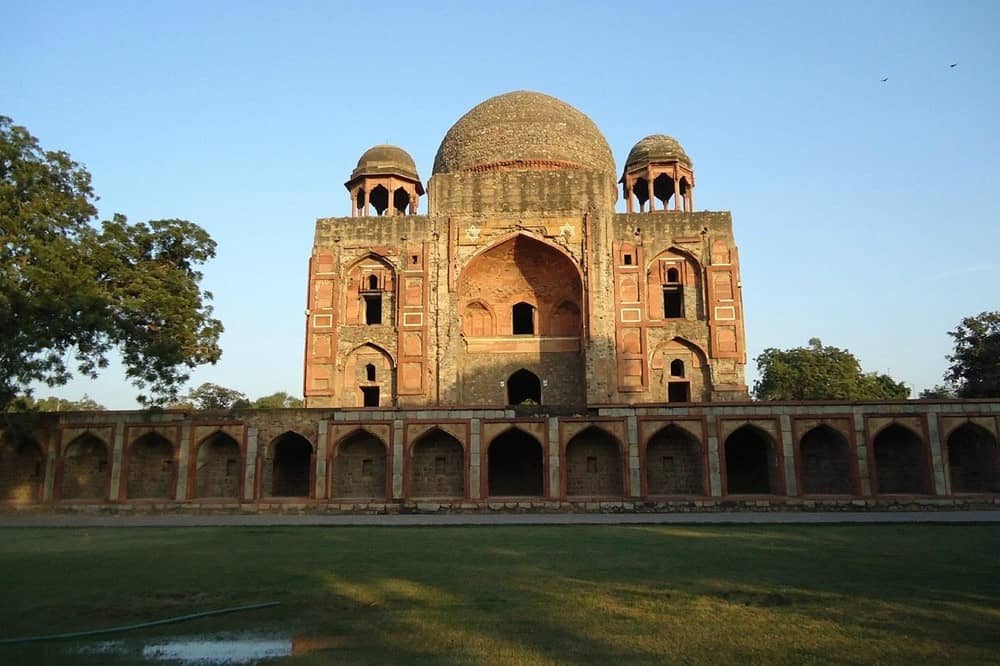
Criteria Comparison: Delhi versus New Delhi
Delhi and New Delhi are often conflated, but they serve different roles and have distinct characteristics. Here’s a detailed comparison:
Delhi ( Delhi versus New Delhi )
- Commonly Known As: National Capital Territory of Delhi or NCT
- Description: A city and Union Territory of India.
- Where Is It: Part of India, encompassing a larger area with diverse districts.
- When Was It Founded: Established during the Medieval Period.
Districts: ( Delhi versus New Delhi )
-
- North
- North West
- Central
- West
- South West
- South
- South East
- East
- Shahdara
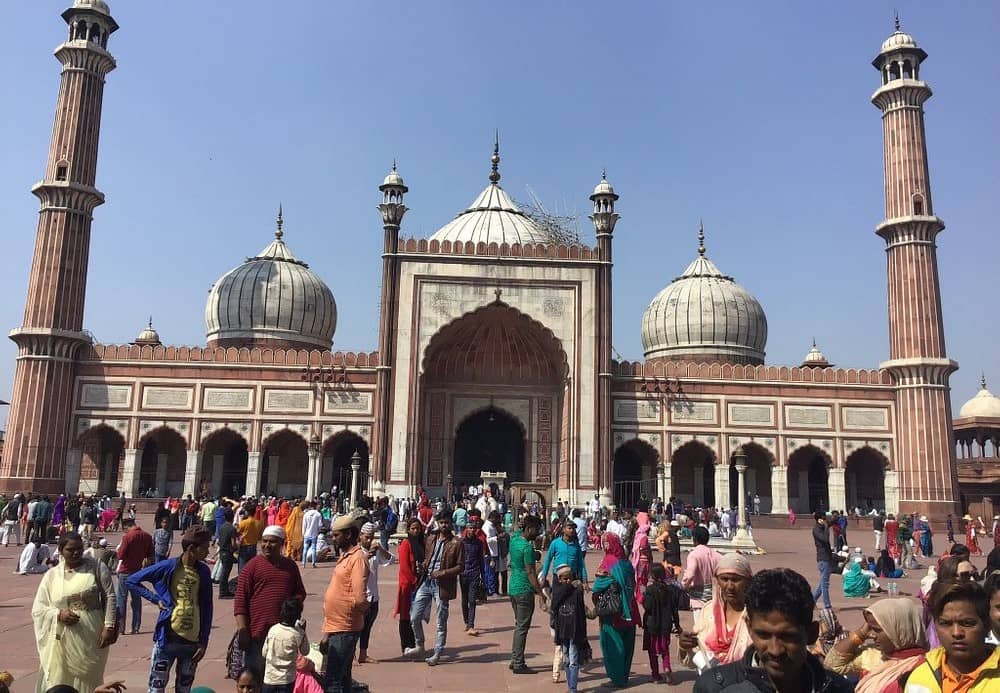
Historical Monuments: ( Delhi versus New Delhi )
-
- Red Fort
- Jama Masjid
- Lotus Temple
- Humayun’s Tomb
New Delhi ( Delhi versus New Delhi )
- Commonly Known As: Capital of India
- Description: A district within the city of Delhi, specifically designated as the national capital.
- Where Is It: Part of Delhi, situated to the southwest of the larger city area.
- Districts: One of the districts of Delhi.
- When Was It Founded: Established by the British in 1931.
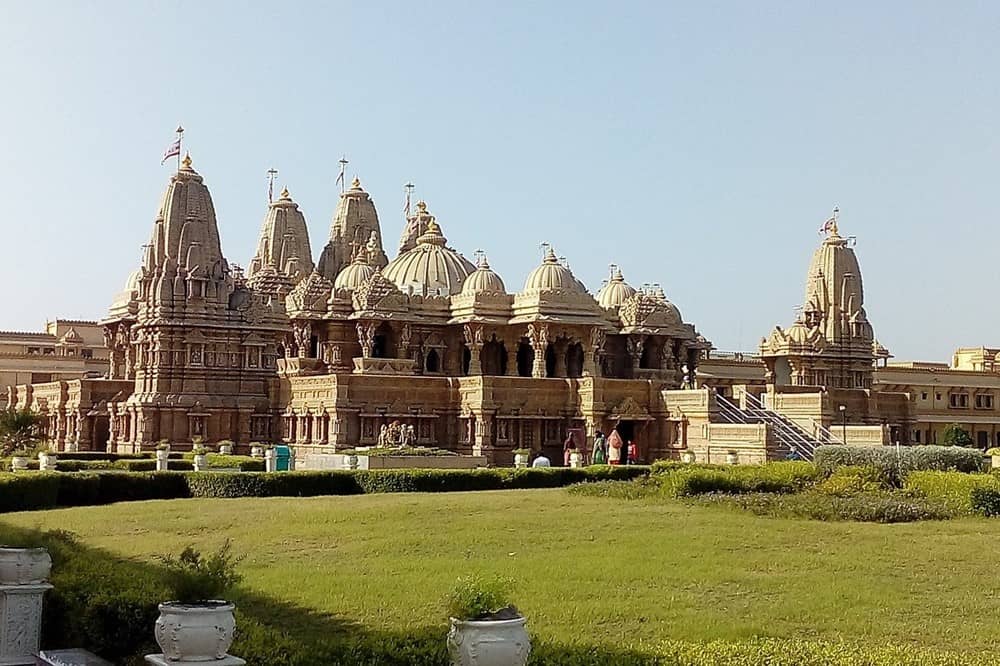
Historical Monuments: ( Delhi versus New Delhi )
-
- Rashtrapati Bhavan
- Secretariat Building
- Parliament
- India Gate
- Connaught Place
- Jantar Mantar
- Lodhi Gardens
- Akshardham Temple
Suggested Read: New Delhi to Agra Taj Mahal: How to Travel by Train, Bus, and Car?
Delhi versus New Delhi: Geography
Delhi and New Delhi are often confused, but they have distinct characteristics and histories. Here are the key differences:
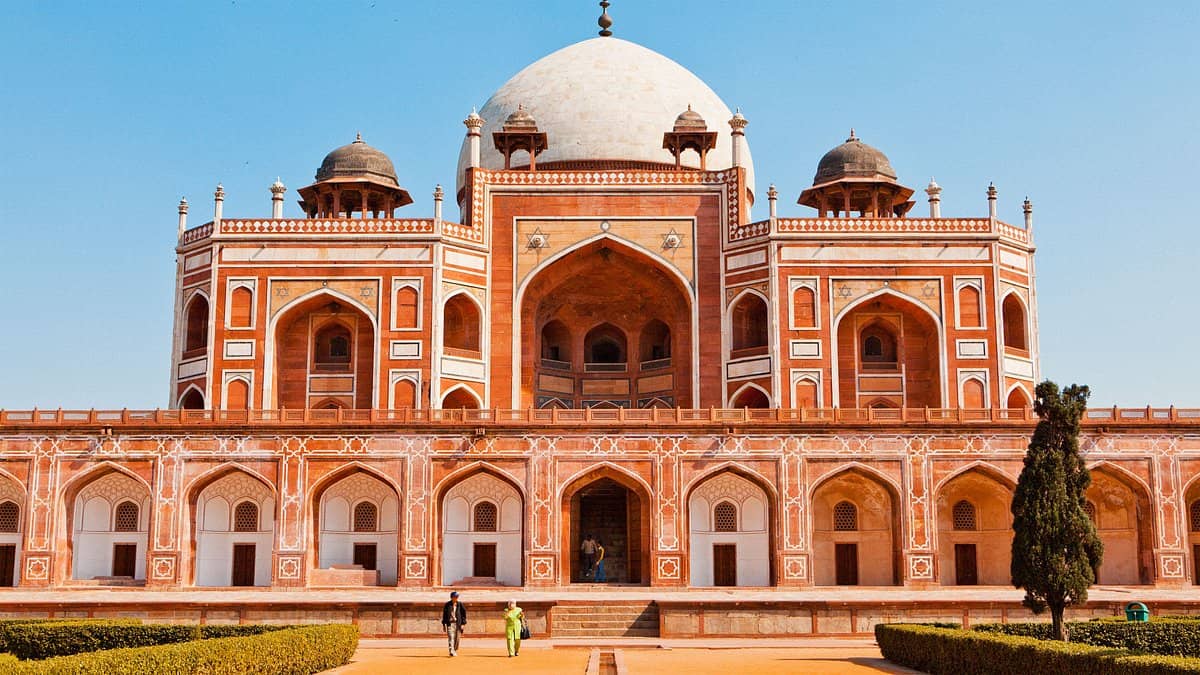
Delhi ( Delhi versus New Delhi )
- Historical Roots: Delhi has a rich history dating back to the 6th Century BCE. It has served as the capital for various kingdoms and empires, including the Delhi Sultanate and the Mughal Empire. The city has been captured, ransacked, and rebuilt multiple times, especially during the medieval period.
- Geographical Scope: Delhi is a Union Territory bordered by Haryana on three sides and Uttar Pradesh to the east. It covers a total area of 46,208 square kilometers.
- Architectural Influence: The architecture in Delhi is heavily influenced by Mughal design. Notable monuments include the Red Fort, Humayun’s Tomb, Jama Masjid, and the Lotus Temple.
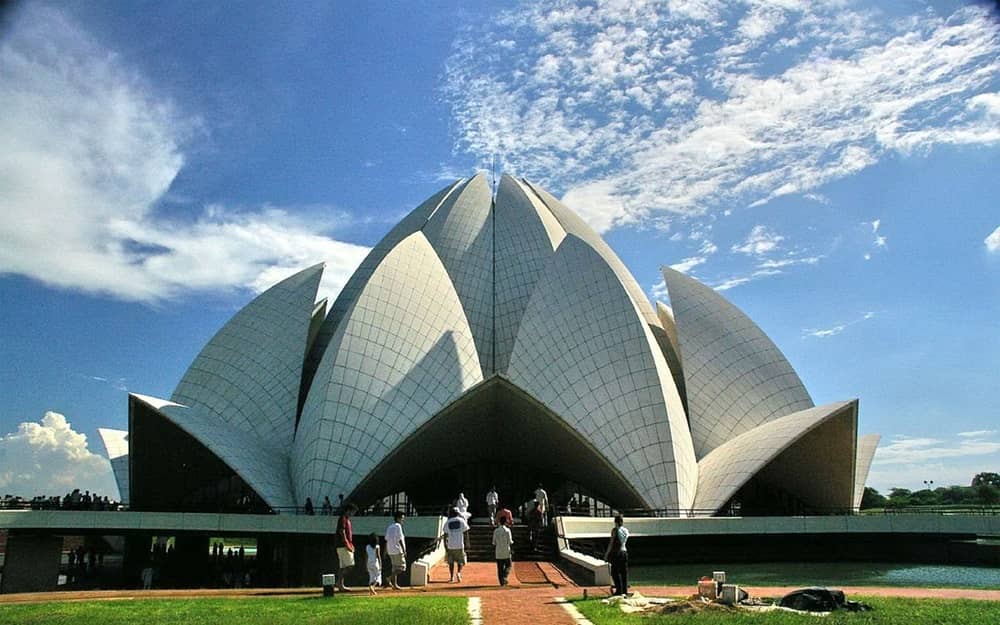
New Delhi ( Delhi versus New Delhi )
- Modern Design: New Delhi was designed and built in the early 20th Century. The foundation stone was laid by Emperor George V during the Delhi Durbar of 1911, and the city was officially inaugurated on February 13, 1931, by Viceroy and Governor-General of India Lord Irwin. It was designed by British architects Sir Edwin Lutyens and Sir Herbert Baker.
- Administrative Role: New Delhi is one of the nine districts within the Union Territory of Delhi. It serves as the National Capital of India.
- Geographical Scope: New Delhi covers a much smaller area, approximately 42.7 square kilometers.
- Architectural Influence: The architecture in New Delhi reflects Western design influences. Important buildings include Rashtrapati Bhavan, India Gate, the Parliament of India, Lodhi Garden, Akshardham Temple, Connaught Place, and Jantar Mantar.
Conclusion ( Delhi versus New Delhi )
The confusion between Delhi and New Delhi often arises from their intertwined roles and histories. Delhi is a vast city and Union Territory with a long and varied history, while New Delhi is a relatively recent creation by the British, specifically designed to serve as the national capital. This distinction is important for understanding the governance, historical context, and architectural heritage of both regions.






